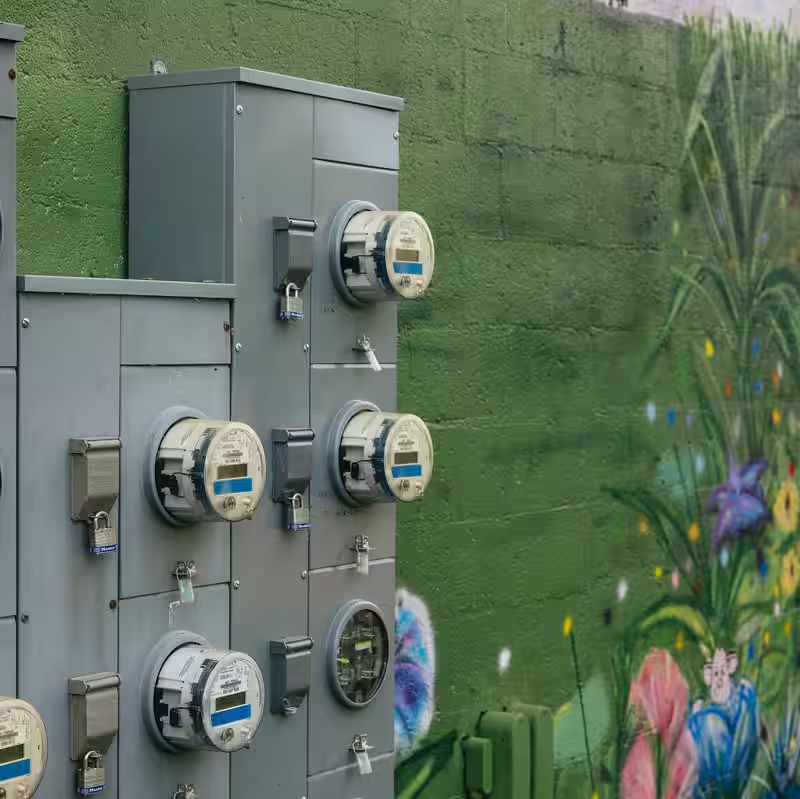Electric bills across the U.S. are climbing—and The New York Times wants to know exactly how much you’re paying. In a new public data initiative launched October 22, 2025, the newspaper is inviting readers to submit copies of their recent utility statements to help investigate why electricity costs keep rising despite promises of cleaner, more affordable energy .
Why Are Electric Bills Going Up?
For millions of Americans, the answer feels personal. Whether it’s a 20% spike in Texas, a new “grid resilience” surcharge in California, or outdated infrastructure fees in the Midwest, household budgets are taking a hit. According to federal data, average residential electricity rates have increased by over 12% nationwide since 2022—outpacing inflation and wage growth.
“We’re hearing from readers in every state who say their bills are higher even when they use less power,” said Lisa Friedman, climate reporter at The Times. “That tells us something systemic is going on—and we need real data to uncover it.”
What the Times Is Looking For
The newsroom has created a secure, anonymous submission portal where users can upload redacted copies of their electric bills. They’re especially interested in:
- Bills from the past 12 months showing rate changes
- Line-item charges (e.g., delivery fees, renewable energy riders, storm recovery costs)
- Comparisons between summer/winter usage and costs
- Notes about unusual spikes or confusing terminology
All personal identifiers—like account numbers and addresses—are automatically stripped before journalists review the documents.
Behind the Surge: 4 Key Drivers of Rising Electric Bills
While causes vary by region, experts point to four nationwide trends pushing costs upward:
- Grid Modernization Costs: Utilities are passing billions in infrastructure upgrades to consumers.
- Extreme Weather: Heatwaves and polar vortices strain systems, triggering emergency rate hikes.
- Fossil Fuel Volatility: Natural gas price swings still impact electricity generation in many states.
- Policy Shifts: State-mandated clean energy programs often include short-term cost increases.
Electric Bill Trends by Region (2023–2025)
| Region | Avg. Monthly Bill Increase | Primary Cause |
|---|---|---|
| Southwest (AZ, NV) | +18% | Summer cooling demand + grid fees |
| Northeast (NY, MA) | +14% | Winter heating electrification + delivery charges |
| South (TX, FL) | +22% | Post-storm infrastructure surcharges |
| West Coast (CA, OR) | +16% | Wildfire mitigation + clean energy mandates |
How Your Bill Could Shape National Reporting
This isn’t just data collection—it’s investigative journalism in action. By aggregating thousands of real bills, The Times aims to expose patterns: Which utilities are overcharging? Which states lack rate oversight? Are low-income households bearing a disproportionate burden?
“One bill might seem like an outlier,” said Friedman. “But hundreds? That’s a story.”
Submissions could lead to state-specific investigations, policy recommendations, or even congressional testimony. And participants won’t just be sources—they’ll be notified if their data contributes to a published report.
How to Participate Safely
The submission form, hosted on The Times’ secure platform, guides users through redacting sensitive info. No names, addresses, or account numbers are stored. The project adheres to strict journalistic ethics and data privacy standards.
“We’re not selling your data,” the team emphasizes. “We’re using it to hold power accountable.”




